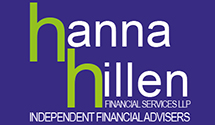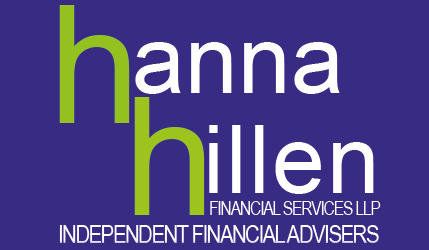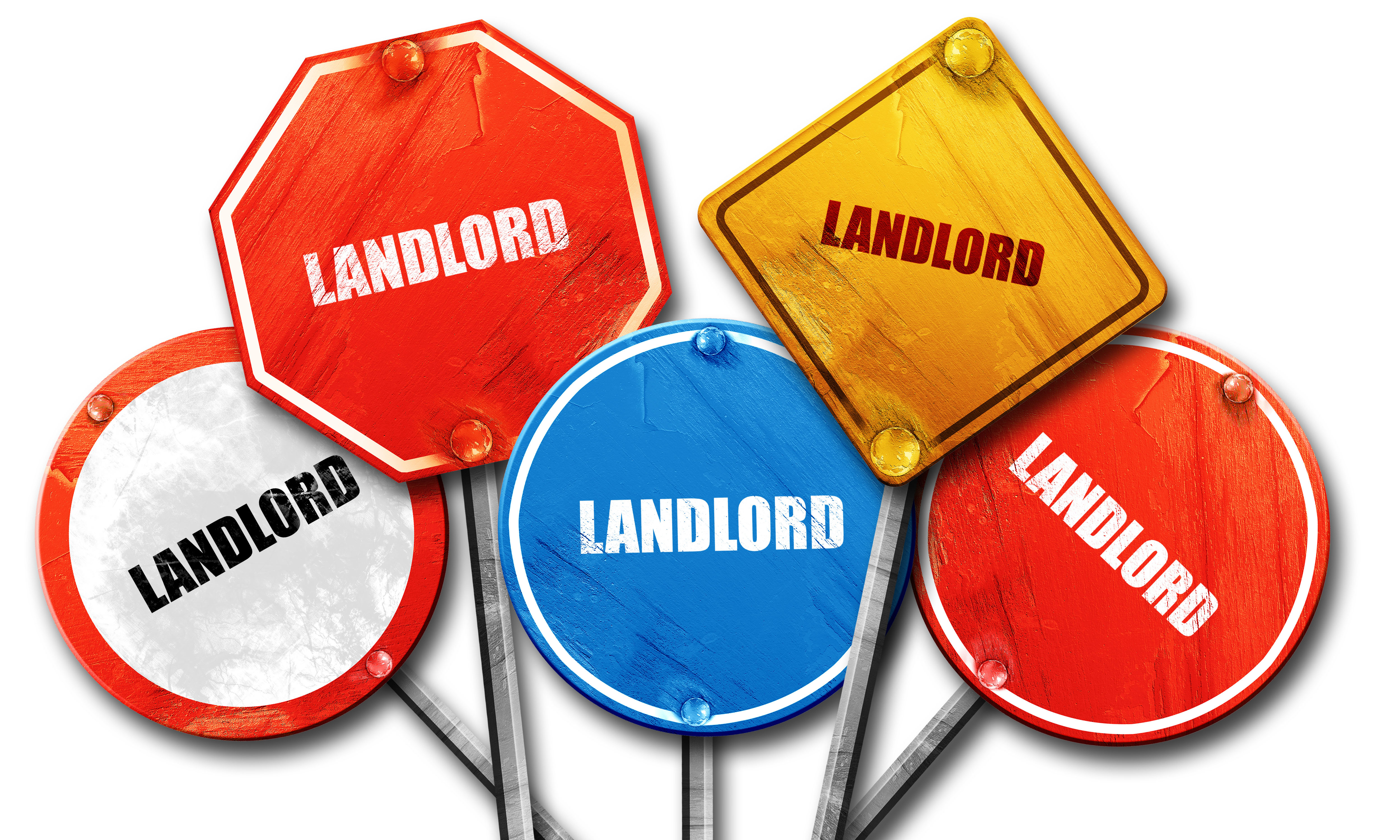The Autumn Statement 2015

Most Chancellors have to make do with two parliamentary set pieces every 12 months: a Budget in spring and an Autumn Statement. Over the last 12 months, George Osborne has managed to clock up four performances. His 2014 Autumn Statement was in December and, a March and July Budget later, his 2015 Autumn Statement took place in November. It might have been expected that he would have little to say in the Autumn Statement, but that proved not to be the case.
Although ostensibly the Autumn Statement was an adjunct to the five year spending review, like many of its recent predecessors the flavour was more of a mini-Budget with some surprises and some expected measures, as we explain below.
Buy-to-let attack continues
In July Mr Osborne announced two tax changes targeting individual buy-to-let investors:
- He announced that the rate of tax relief on mortgage interest and other finance costs to acquire a buy-to-let property would be phased down to basic rate by 2020/21, with the first cut in 2017/18. The way in which this will be achieved – by providing the new relief as a tax credit – could also add to tax bills by increasing total income.
- From 2016/17 the existing 10% wear and tear allowance for furnished properties will be replaced with a new allowance based on actual expenditure.
In the Autumn Statement the Chancellor took two further steps to increase revenue from the buy-to-let sector:
- From 1 April 2016, the rate of stamp duty land tax (SDLT) on individual purchases of “additional properties” (eg buy-to-let and holiday homes) will increase by three percentage points. Only scant detail – subject to consultation – has so far been provided, but it looks as if a £250,000 property will cost you £2,500 in SDLT if it is your main home, but £10,000 if it is not. Property in Scotland will be unaffected as Land and Buildings Transaction Tax (LBTT) replaced SDLT there in April.
- From April 2019, any capital gains tax (CGT) due on the sale of a property will be payable on account within 30 days of completion. At present CGT is due on 31 January in the tax year following the tax year of sale, so the tax bill could be deferred by up to almost 22 months.
This quartet of tax rises will reduce the popularity of the buy-to-let property, which looks to be one of Mr Osborne’s subsidiary targets. In his speech he said “Frankly, people buying a home to let should not be squeezing out families who can’t afford a home to buy.”
Pensions
Alongside the July Budget the Chancellor published a brief consultation paper examining options for taxing pension savings. Until shortly before the Autumn Statement it had been expected that the Chancellor would reveal the outcome of the consultation in November. However, in late October he responded by what was probably a planted parliamentary question by saying that a decision would arrive in the March Budget.
Nevertheless, the Chancellor did make one subtle tweak in the Autumn Statement that will cut the pension tax relief bill by a total of £840m across 2017/18 and 2018/19. This useful boost to the Exchequer was garnered by adding six months to the start date for the two increases due to minimum auto-enrolment pension contributions. These will now rise from the current 2% of qualifying earnings (pay between £5,824 and £42,385 in 2015/16) to 5% from April 2018 and 8% from April 2019.
There is a growing expectation that the Chancellor will reform pension tax relief in 2016, with the announcement delayed until March giving the Treasury more time to work out how to handle the transition.
On state pensions, the Chancellor confirmed that the basic state pension would rise by 2.9% to £119.30 a week from April 2016 and, simultaneously, the new single tier pension would start life at £155.65 a week. Other state pensions, such as the state second pension, will be frozen because they are linked to the Consumer Prices Index which fell by 0.1% in the year to September.
Inheritance tax
There were two small but important announcements on the inheritance tax front:
- Following a consultation over the summer, there will be no changes to the rules on deeds of variation, which can effectively allow a will, or the outcome of intestacy provisions, to be amended after death. This does not mean that keeping your will up to date is any less important. Deeds of variation prove problematical, especially if minors or intransigent beneficiaries are involved.
- The Treasury confirmed that it would be introducing corrective legislation to make certain that pension funds in drawdown remaining on death will not be subject to inheritance tax as a general rule. There might still be a liability if death occurs within two years of a pension transfer.
There were no further announcements about the main residence nil rate band, which starts life at £100,000 in April 2017. In summer a consultation paper was issued on the thorny subject of home downsizing, the contents of which suggested considerable record keeping would be needed to make an appropriate claim on death.
Company cars
Diesel cars have had a bad press in the past couple of months, thanks to the revelations surrounding Volkswagen’s widespread use of ‘defeat software’ to meet NOx emission limits. This gave the Chancellor an opportunity to collect an extra £1,360m in tax over the next five years by deferring the planned abolition of the 3% scale charge addition which currently applies to diesel company cars. Mr Osborne had originally said in his 2012 Budget that the surcharge would go from April 2016.
Without this change, many diesel company car drivers would have seen their car tax bill drop in 2016/17, whereas now it will increase. For example, if you are a higher rate taxpayer driving a new BMW 320D Efficient Dynamics, your 2015/16 tax bill is £2,236 and, until the Chancellor spoke, next tax year’s would have been £2,118; it will now be £2,471.
ACTION
What was almost the third Budget of 2015 has served as a reminder that the Chancellor is still seeking ways to raise income, despite the ‘Tax Triple Lock’ that applies to income tax, VAT and some National Insurance contribution rates.
April 2016 is not that far away. If there is one area of your personal finances that it is vital to examine before then, it is pension provision. The opportunity to obtain higher or additional rate tax relief may not be around much longer.
GET READY FOR 2016/17 TAX CHANGES
Major tax reforms, which the Chancellor announced in his two 2015 Budgets, will become reality from 6 April 2016, with important repercussions for investment-ownership strategies.
Dividends
The July Budget announced a complete revamp of the taxation treatment of dividends from April 2016. Few details have emerged since, although draft legislation is imminent. The main points of the reform are:
- There will be a new £5,000 dividend allowance meaning that, regardless of your tax rate, the first £5,000 of dividends you receive will be UK tax free. However, that £5,000 will not completely disappear from the tax calculation – although called an allowance it is more like a 0% band in practice.
- The 10% tax credit, which currently comes with a dividend, will disappear so there will be no more grossing up of dividends for tax purposes. This could be helpful if your total income, including dividends, is near to a trigger threshold, eg the £50,000 at which child benefit starts to be taxed.
- The effective rates of tax that will apply above the allowance are 7.5% higher. If you are a basic rate taxpayer you will pay 7.5% of the dividend, a higher rate taxpayer, 32.5% or an additional rate taxpayer, 38.1%.
The changes will leave most people no worse off and many higher and additional rate taxpayers better off. However, if you are a private company director who draws most of your income as dividends to avoid National Insurance contributions, you could end up paying significantly more tax.
Savings income
In the March Budget a new personal savings allowance was announced, to start in April 2016. As with the divided allowance, little information has emerged since, but what we do know is:
- If you are a basic rate taxpayer, the allowance will mean you will have no tax to pay on up to £1,000 a year of savings income (primarily interest). If you are a higher rate taxpayer, your allowance is £500 (but your maximum tax saving is the same – £200). If you are an additional rate taxpayer, you will not receive any allowance.
- Bank and building society interest will be paid without deduction of tax from next April because the majority of savers will have no tax to pay.
- The government is still considering whether to extend gross payment of interest to funds which invest in fixed interest securities, such as corporate bonds
- The new allowance will apply in addition to the 0% starting rate band for savings income, which will remain at £5,000 for 2016/17.
Now what?
These changes have several important consequences for your financial planning:
- If you are married or in a civil partnership, it could be worthwhile to revisit the issue of independent tax planning. In theory, you should both aim to cover your dividend allowance and personal savings allowance when deciding who owns which investments. Ironically, this might mean transferring investments or savings from a basic rate taxpayer to a higher rate taxpayer – the opposite direction to what you might expect.
- If you use dividends to draw income from your company, you may want to pay an extra dividend in the current tax year. It seems likely some public companies will also accelerate dividend payments, as happened ahead of the introduction of additional rate tax.
- ISAs will become less attractive because tax-free interest and dividends will be easier to obtain. You may therefore want to review what assets you hold in your ISAs.
- The rules that can leave you paying tax on any income generated by gifts to your minor children will have less impact.
ACTION
Tax law never stands still, underlining the need for regular reviews of your planning.
As we near the tax year end, this is an area of planning that needs to be considered alongside the usual year-end list. In theory, in 2016/17 you could have £22,000 of income free of tax…but only if it is the right mix of income.
LET AUTO-ENROLMENT BEGIN IN EARNEST…
Automatic enrolment in workplace pensions started in October 2012 and as a result over 5 million people have since joined a pension arrangement. However, that achievement over three years only represents the efforts of a little more than 60,000 employers according to the Pensions Regulator (TPR). In the 12 months from October 2015 another 500,000 employers are due to go through the auto-enrolment process.
Getting smaller…
As the start date of auto-enrolment is largely determined by employer size, the early stages have been dominated by larger employers. We have now reached the point where employers with fewer than 30 workers are having to put auto-enrolment in place. Unlike their larger counterparts, this category of employer will generally not have dedicated human resources staff to handle matters.
Let the penalties begin
The latest TPR report on ‘compliance and enforcement’ shows that the most recent groups of employers entering auto-enrolment have failed to match the record of their larger predecessors in hitting deadlines.
In the third quarter of 2015, TPR handed out 469 ‘compliance notices’ which require an employer to “remedy a contravention”; in the second quarter only 119 were issued. 85 Unpaid Contributions Notices were sent out in Q3, against 50 in Q2. At the more serious end of the infringement spectrum, there were 107 Fixed Penalty Notices (of £400) issued ‘for failure to comply with a statutory notice or some specific employer duties’, an increase of 39 over the second quarter.
An emergency stop?
The National Audit Office recently reported that the government had drafted plans to put an emergency brake on auto-enrolment ‘if the programme was unable to cope with unexpected increases in demand or changes in behaviour’. To complicate matters, several of the major auto-enrolment pension providers have effectively priced themselves out of the micro employer market. Those same employers will also be struggling to deal with the new National Living Wage, which arrives next April.
ACTION
The government will only hit the panic button as an absolute last resort, as to do so would be deeply embarrassing.
Do not rely on a government get-out-of-jail card. If you have not yet prepared for auto-enrolment, talk to us now about your options.
THE PROPERTY PANACEA?
The Office for National Statistics (ONS) undertakes a regular survey of attitudes to private savings. Among the questions asked are “Which one of the [following] options […] do you think would be the safest way to save for retirement?”
• Paying into an employer pension scheme
• Paying into a personal pension scheme
• Investing in the stock market by buying stocks or shares
• Saving into a ‘high rate’ savings account
• Investing in property
• Saving into an ISA (or other tax-free savings account)
• Buying Premium Bonds
• Other
This is followed up by another question based on the same list; “And which do you think would make the most of your money?”
The answers
‘Paying into an employer pension scheme’ tops the answers to the first question. It was chosen by 41% of respondents in the last survey. However, it was not top choice for the second question, where property attracted a 44% vote.
And now…?
The ONS survey has regularly confirmed the public’s affection for property. It will be interesting to see whether the answers will be the same once all the Chancellor’s measures to tax buy-to-let have been absorbed. Unfortunately, the latest ONS survey occurred before the first round of the tax attack was announced in the July Budget.
ACTION
If you found yourself ticking the property box, at least you have the comfort of knowing you are not alone. But you may be wrong, especially after the tax changes take effect.
You probably already have considerable exposure to the residential property market through your own home. Even without the new taxes, there is a good case for saying more residential property is not sensible investment diversification. After all, property does not always rise in value – remember what happened in the aftermath of the financial crisis.
Past performance is not a reliable guide to the future. The value of investments and the income from them can go down as well as up. The value of tax reliefs depend upon individual circumstances and tax rules may change. The FCA does not regulate tax advice. This newsletter is provided strictly for general consideration only and is based on our understanding of law and HM Revenue & Customs practice as at December 2015 and the contents of the Autumn Statement 2015. No action must be taken or refrained from based on its contents alone. Accordingly no responsibility can be assumed for any loss occasioned in connection with the content hereof and any such action or inaction. Professional advice is necessary for every case.



Leave a Reply